I am designing the following circuit to limit current inrush to a device on startup (to about 1.5 amps over about 3 seconds). Rload is just for testing, the actual load is a bunch caps at 56v, but I have not tested with those yet. Everything simulates fine. I have bread-boarded the circuit and if I apply 12vdc everything matches the simulation. If I apply 48vdc, it fails. I see about 4 amps, which is the overload limit of my power source and stuff gets hot pretty quick. It doesn't appear to be damaging anything, because I can go back to 12vdc and it goes back to about 1.5 amps. I assume it some kind of thermal runaway, but everything I have tried to fixed it has had little effect. The base resistors do not seem to make a difference. Before I added the emitter (ballast) resistors, I was blowing up transistors, so those seem to work.
So I expect this circuit to limit the current in the load to 1.5a when I apply 56v. It doesn't, and I don't know why. It works fine when I apply 12v.
Any ideas what is going wrong here?
